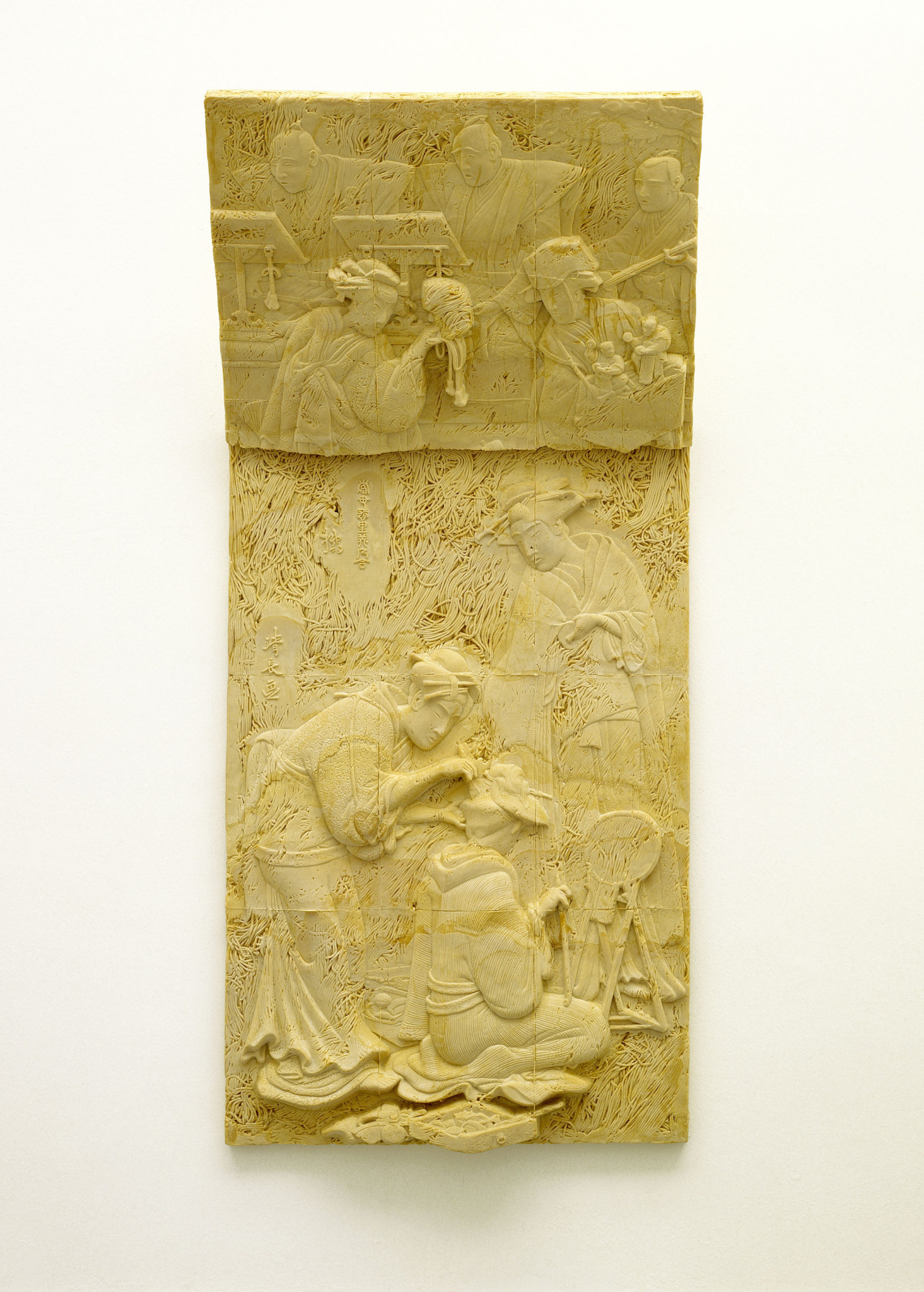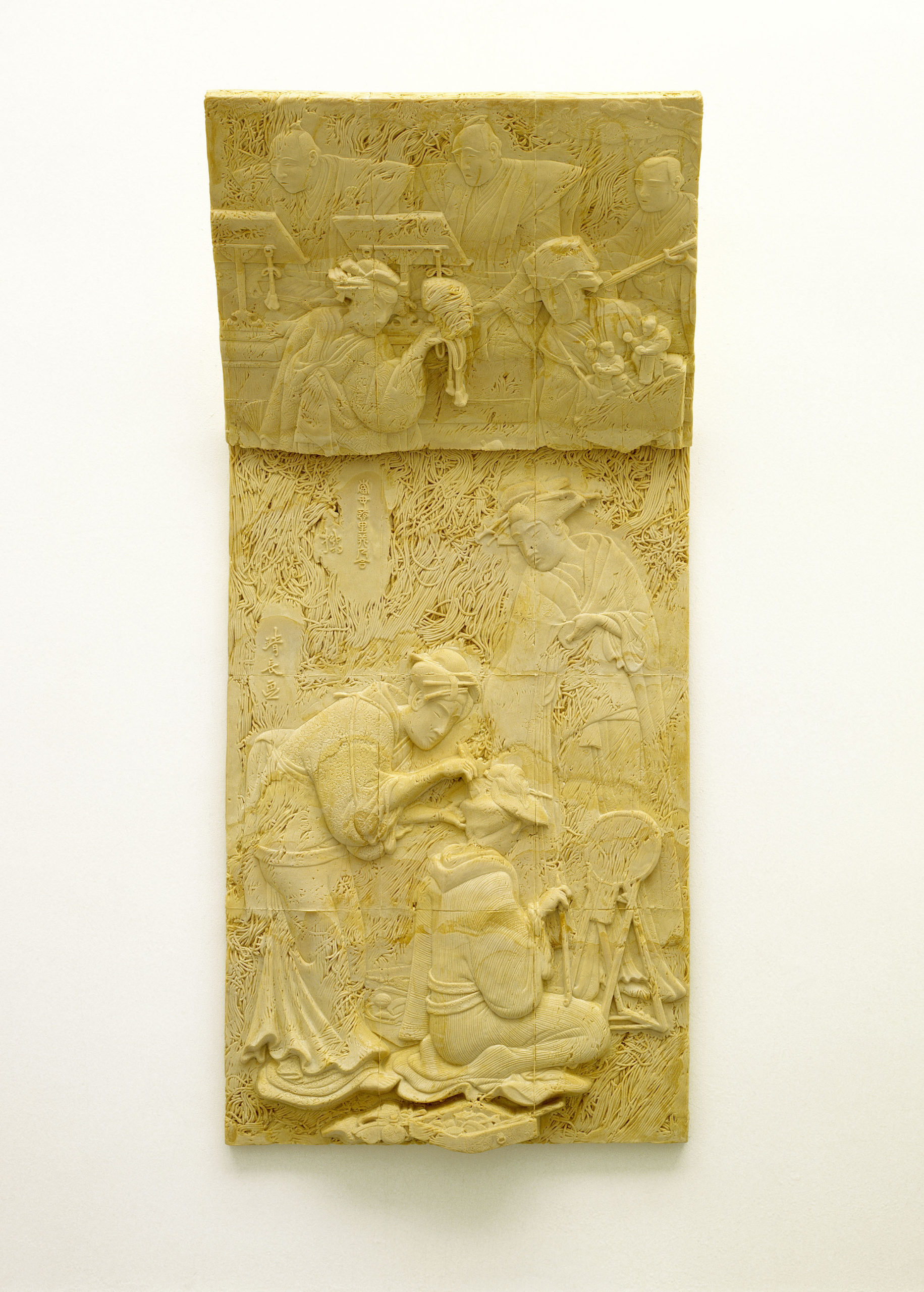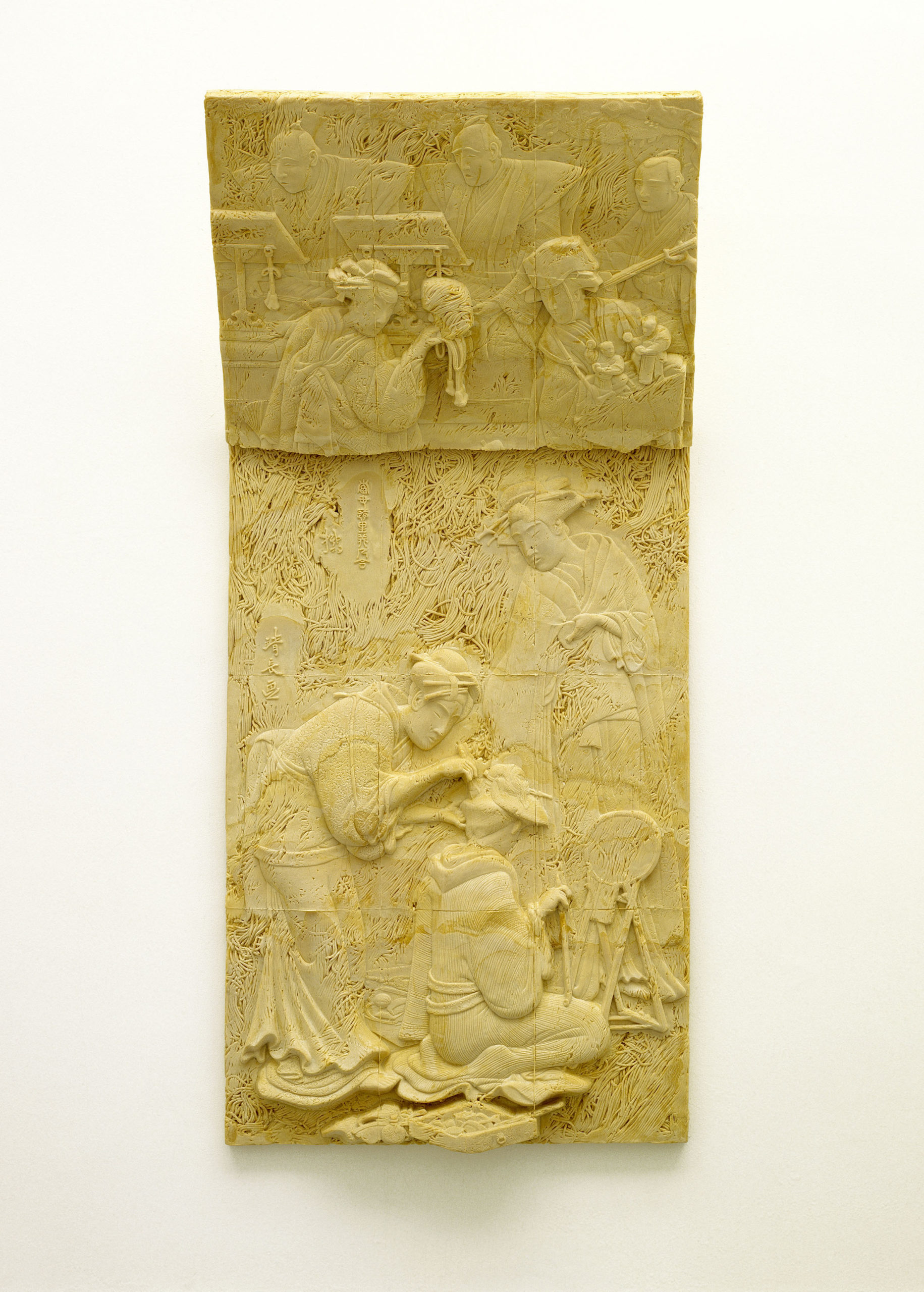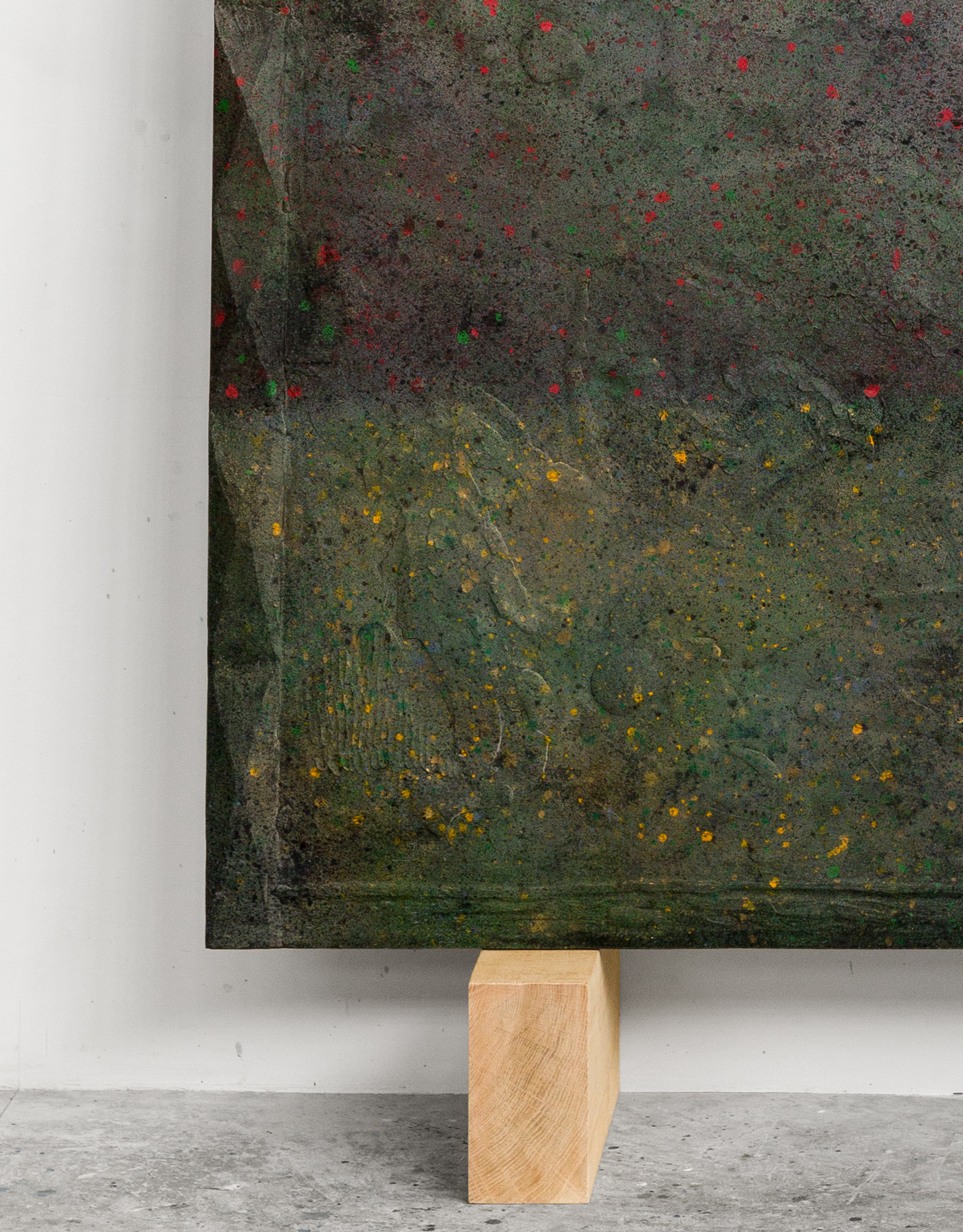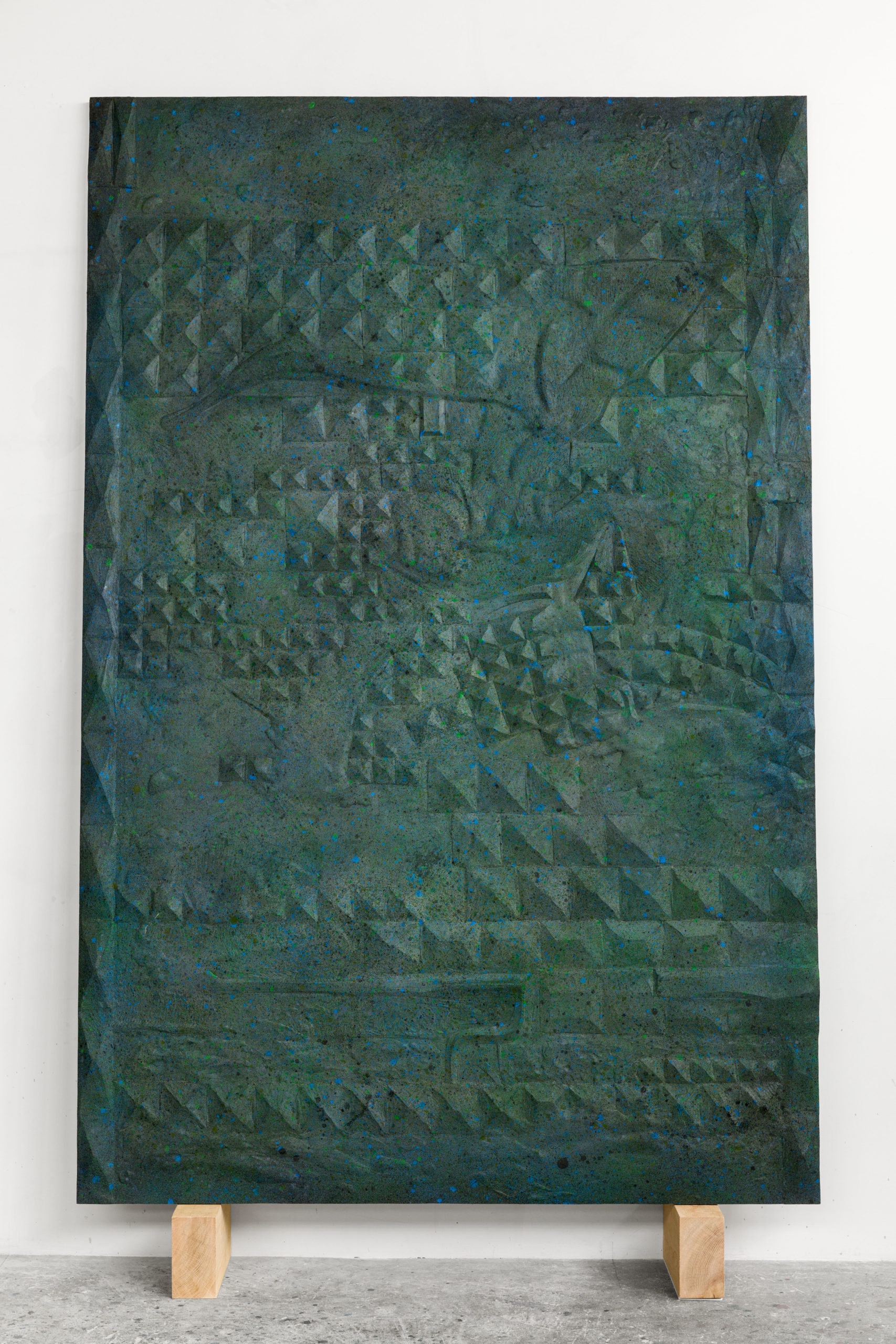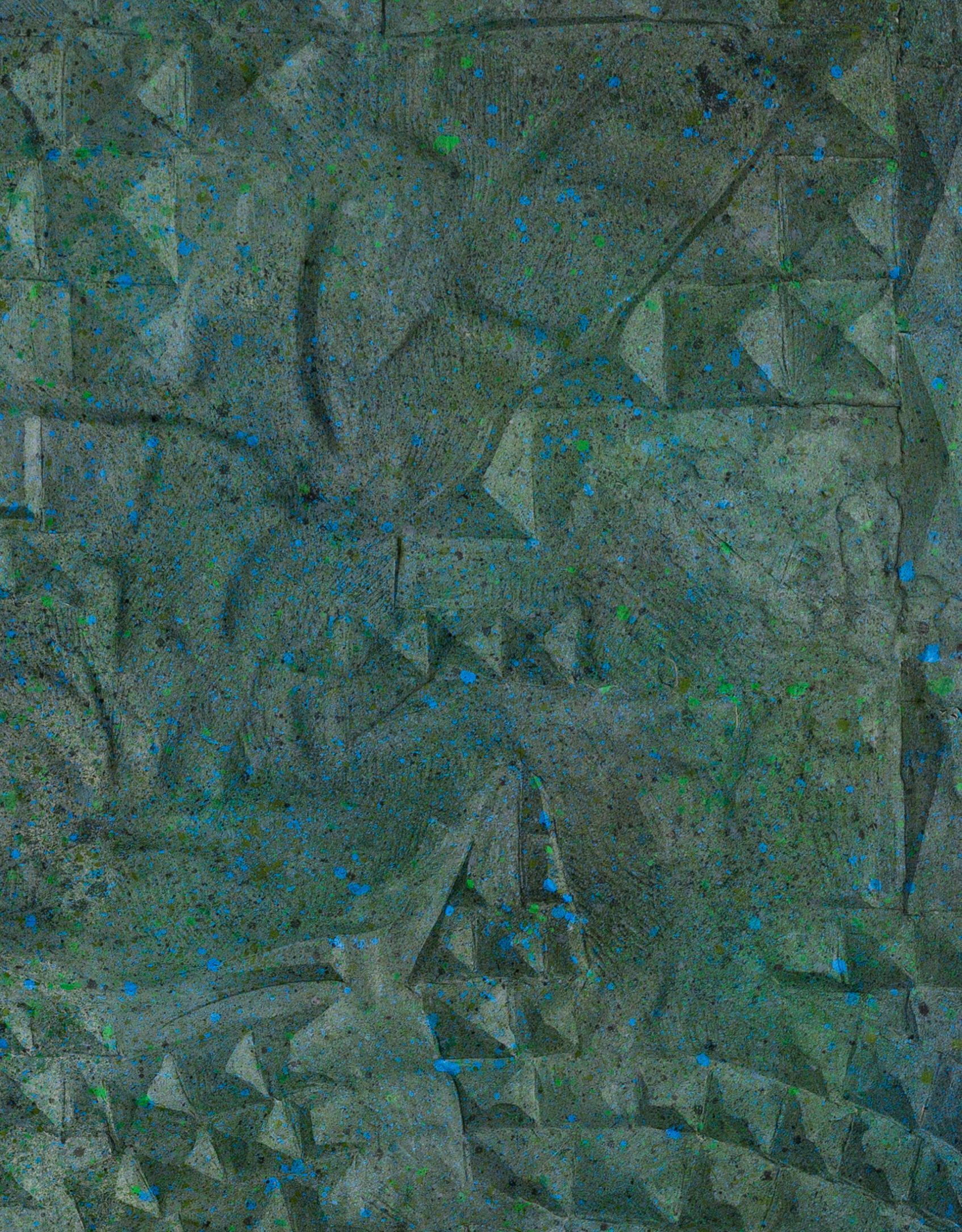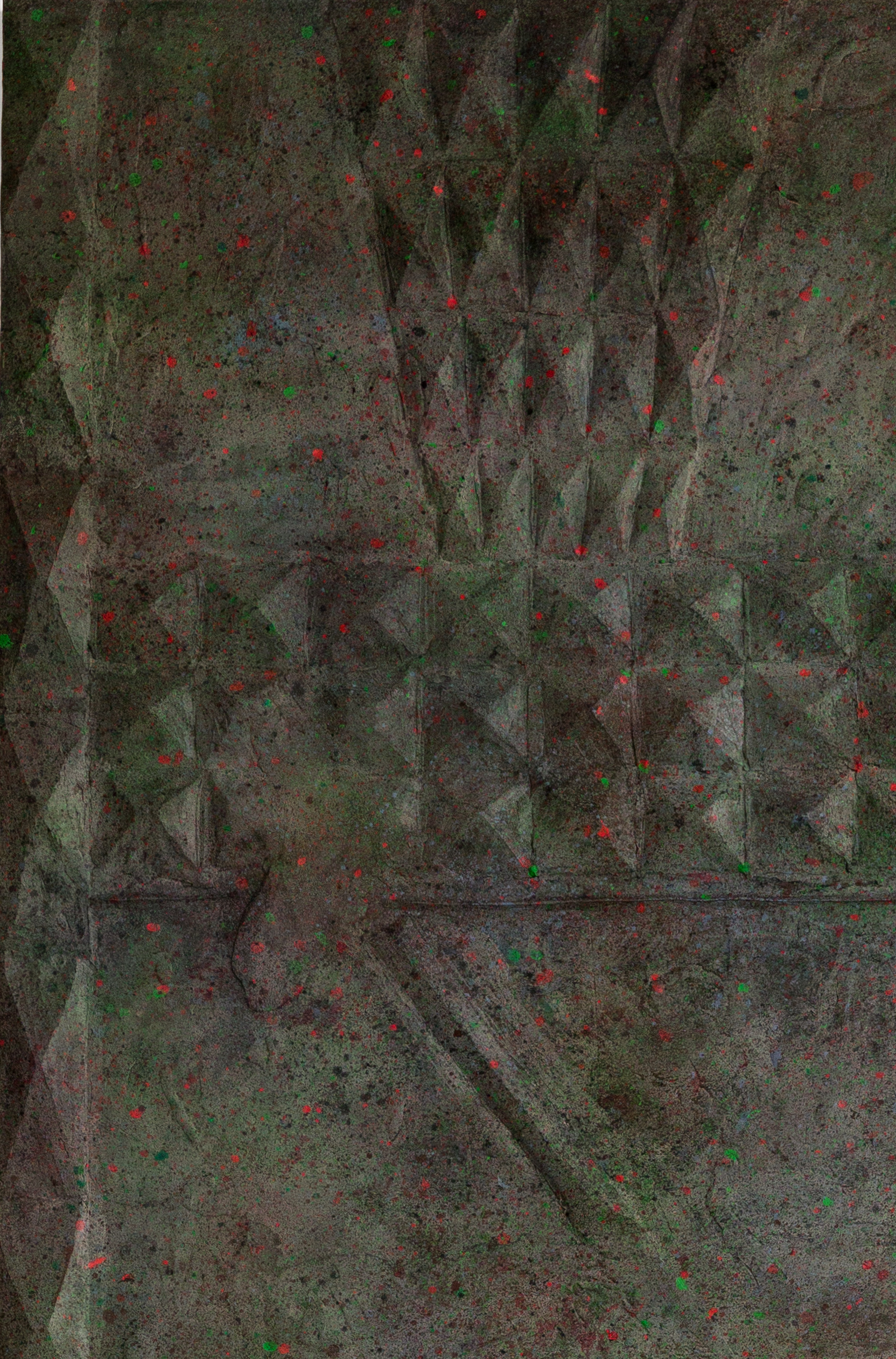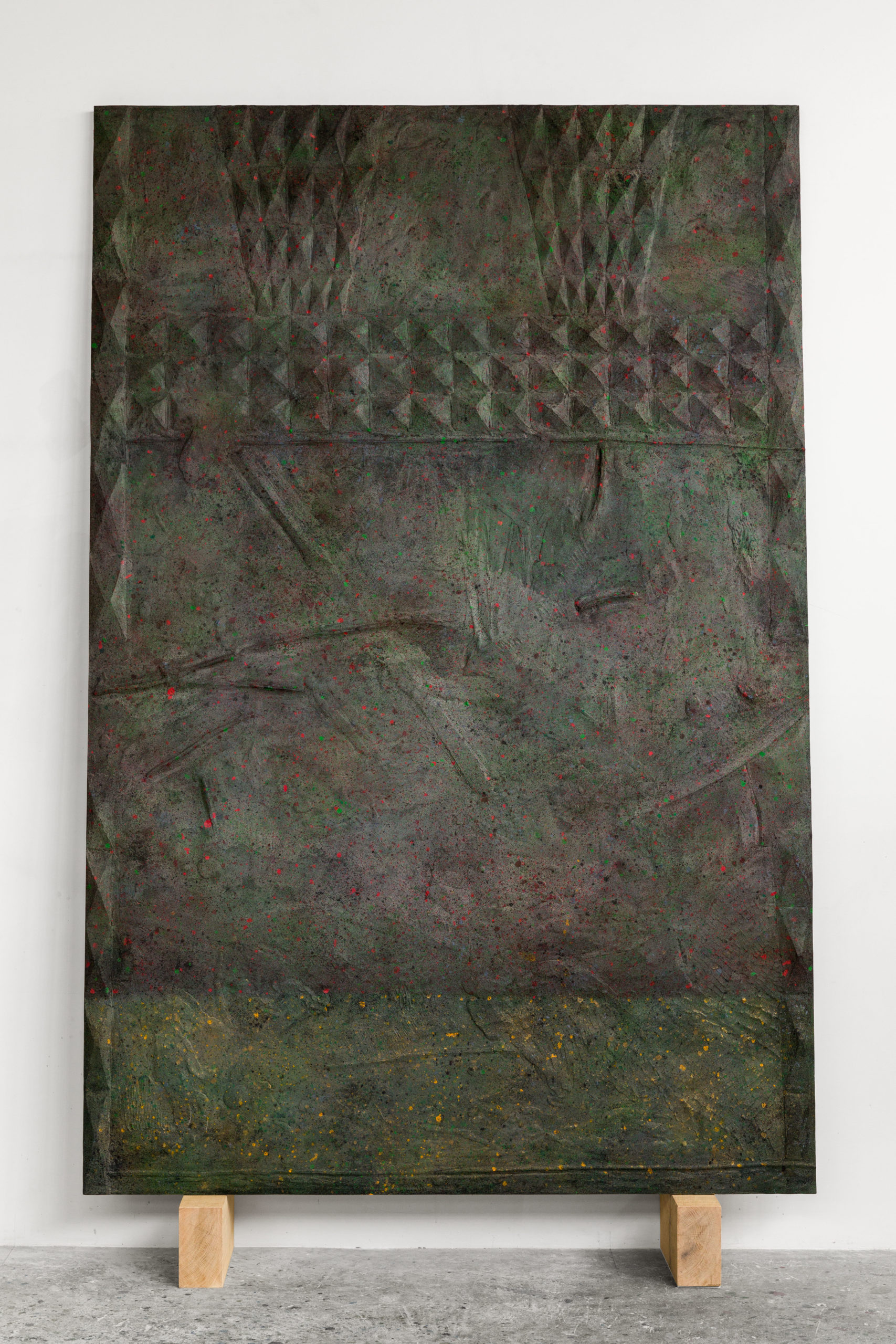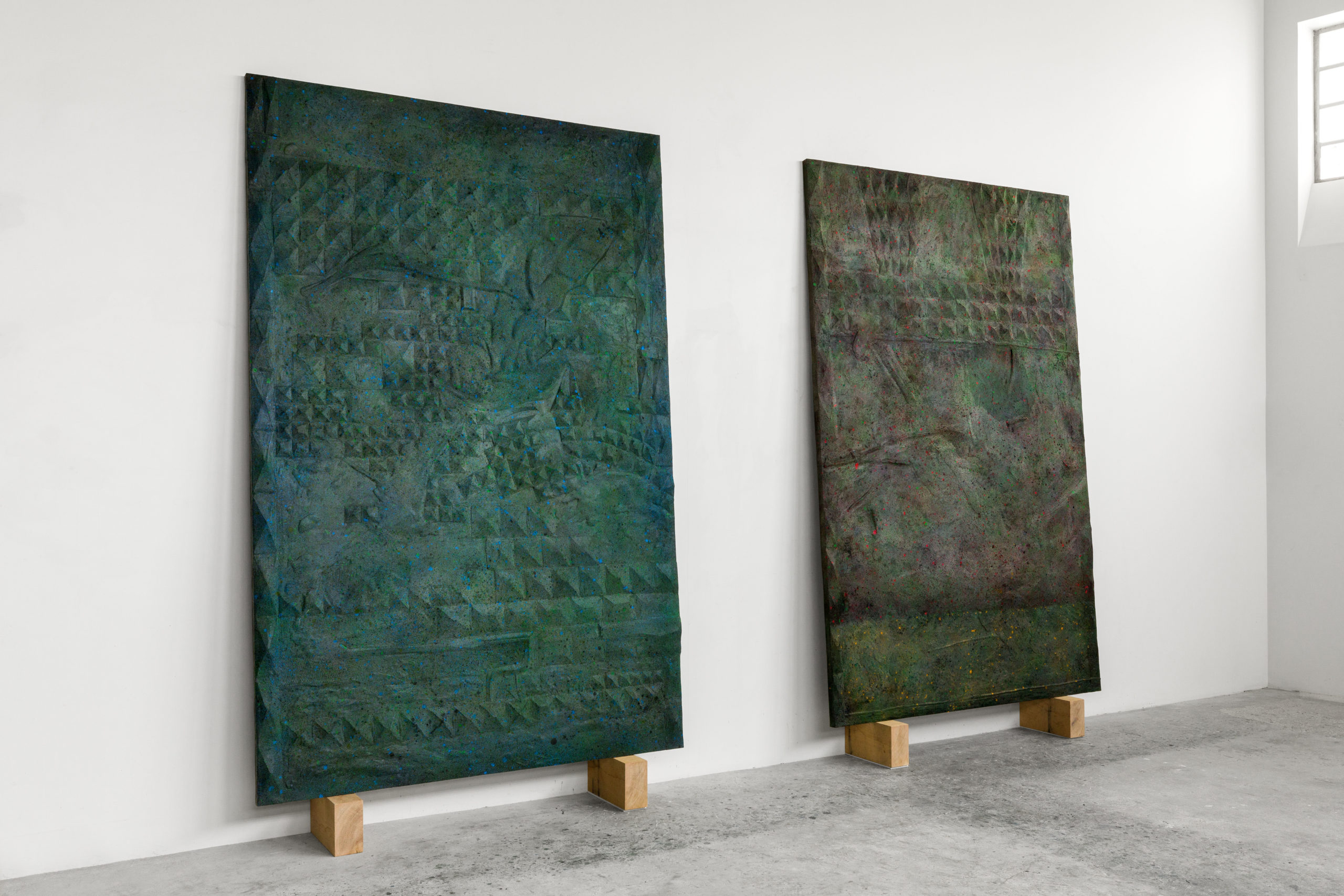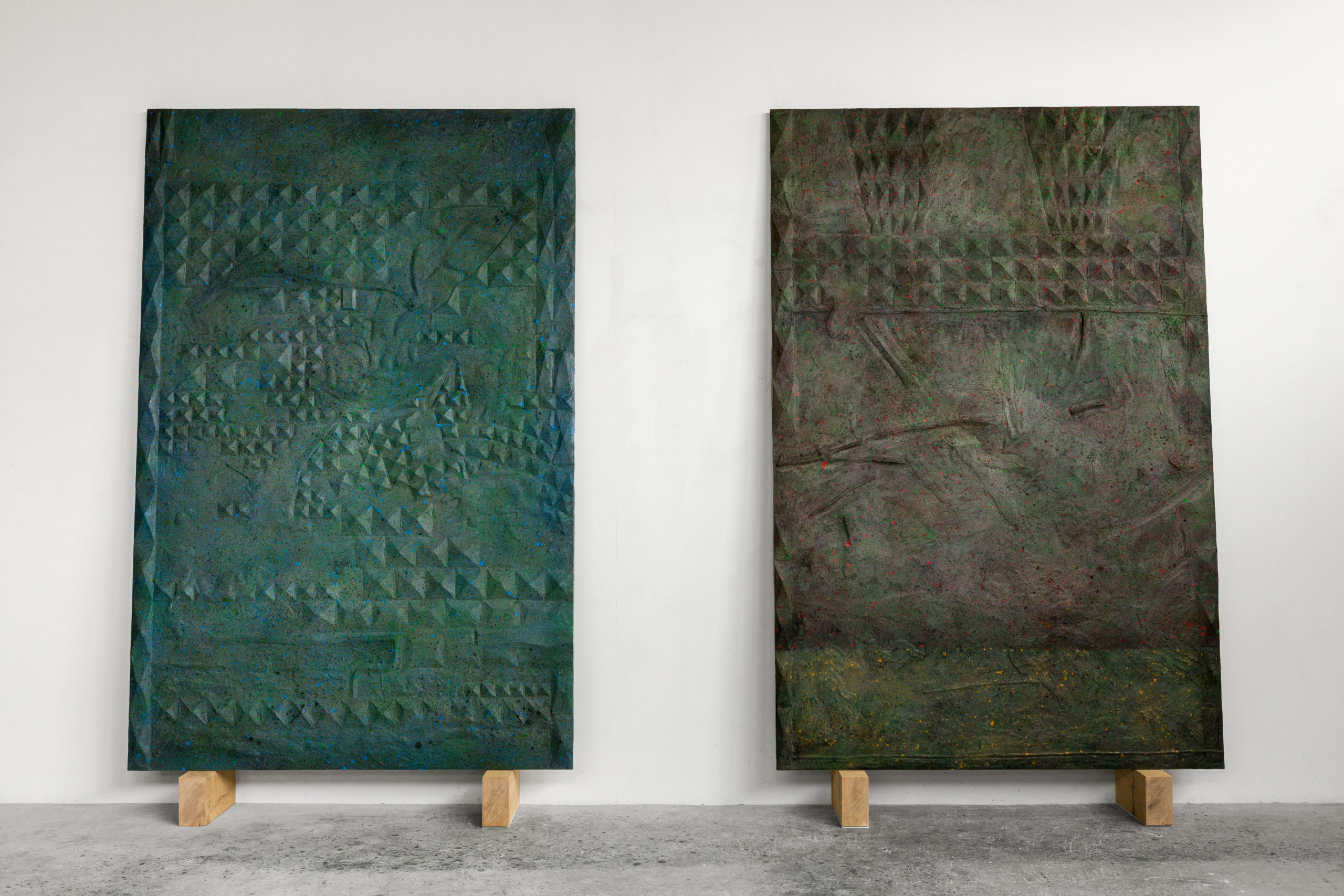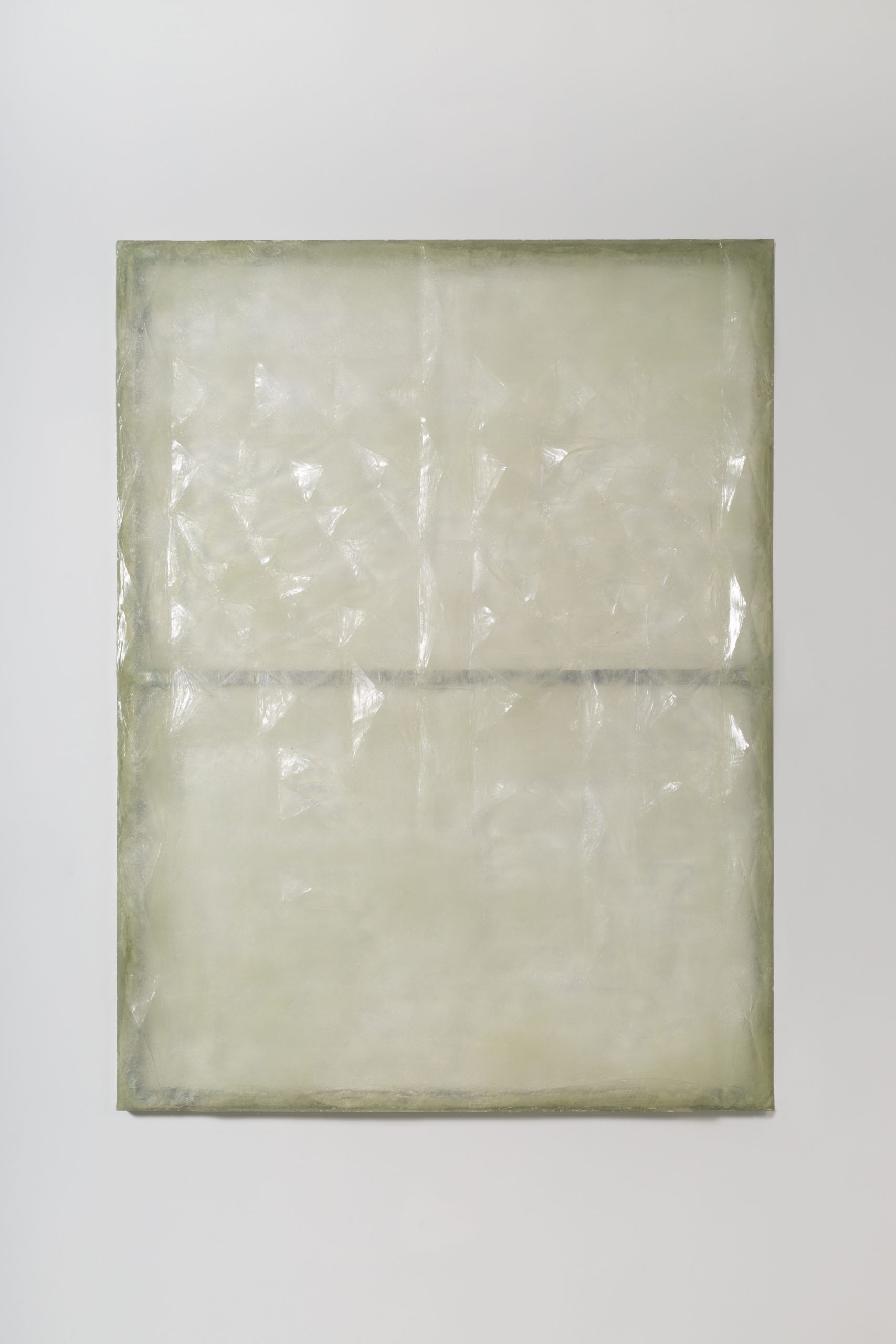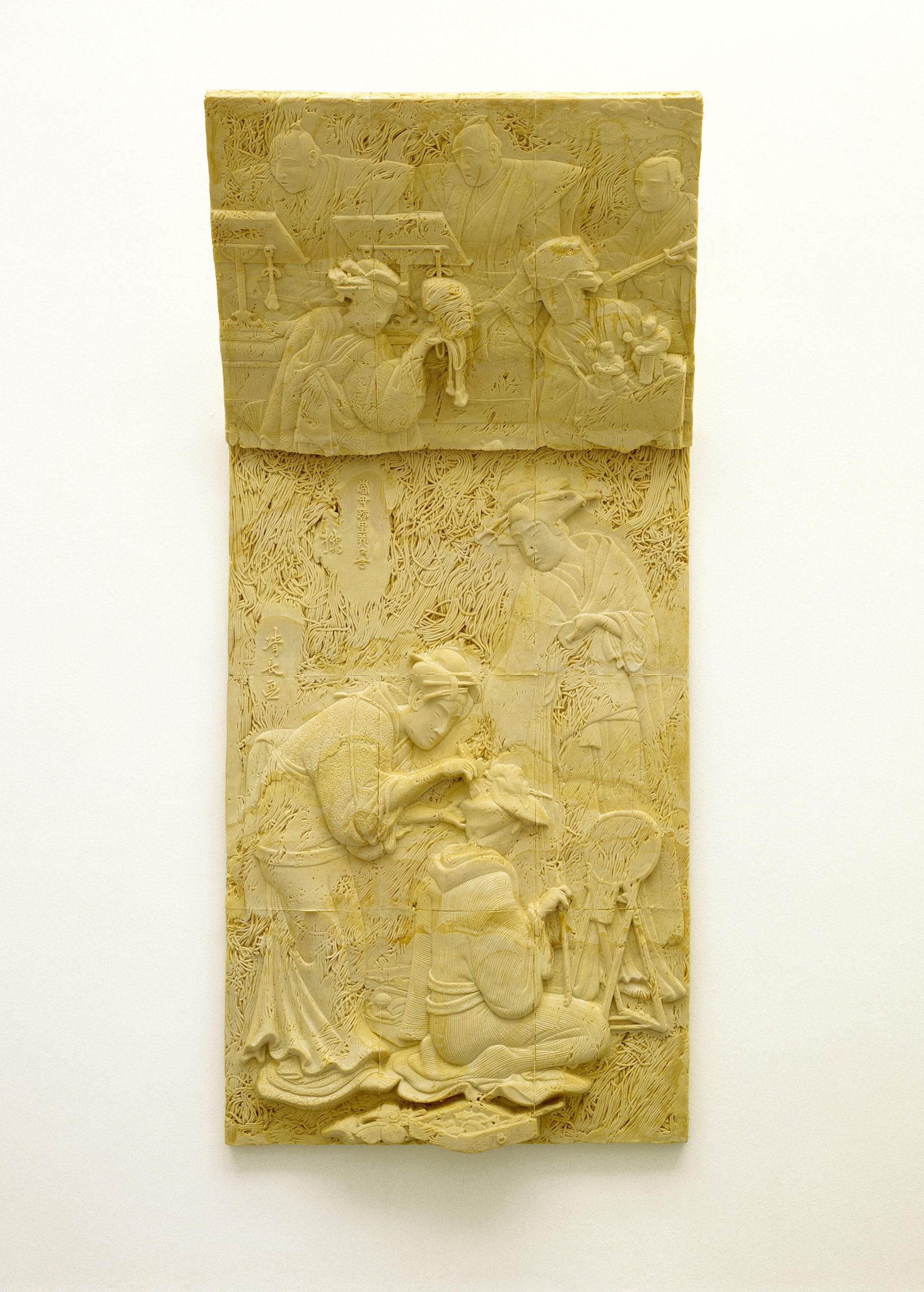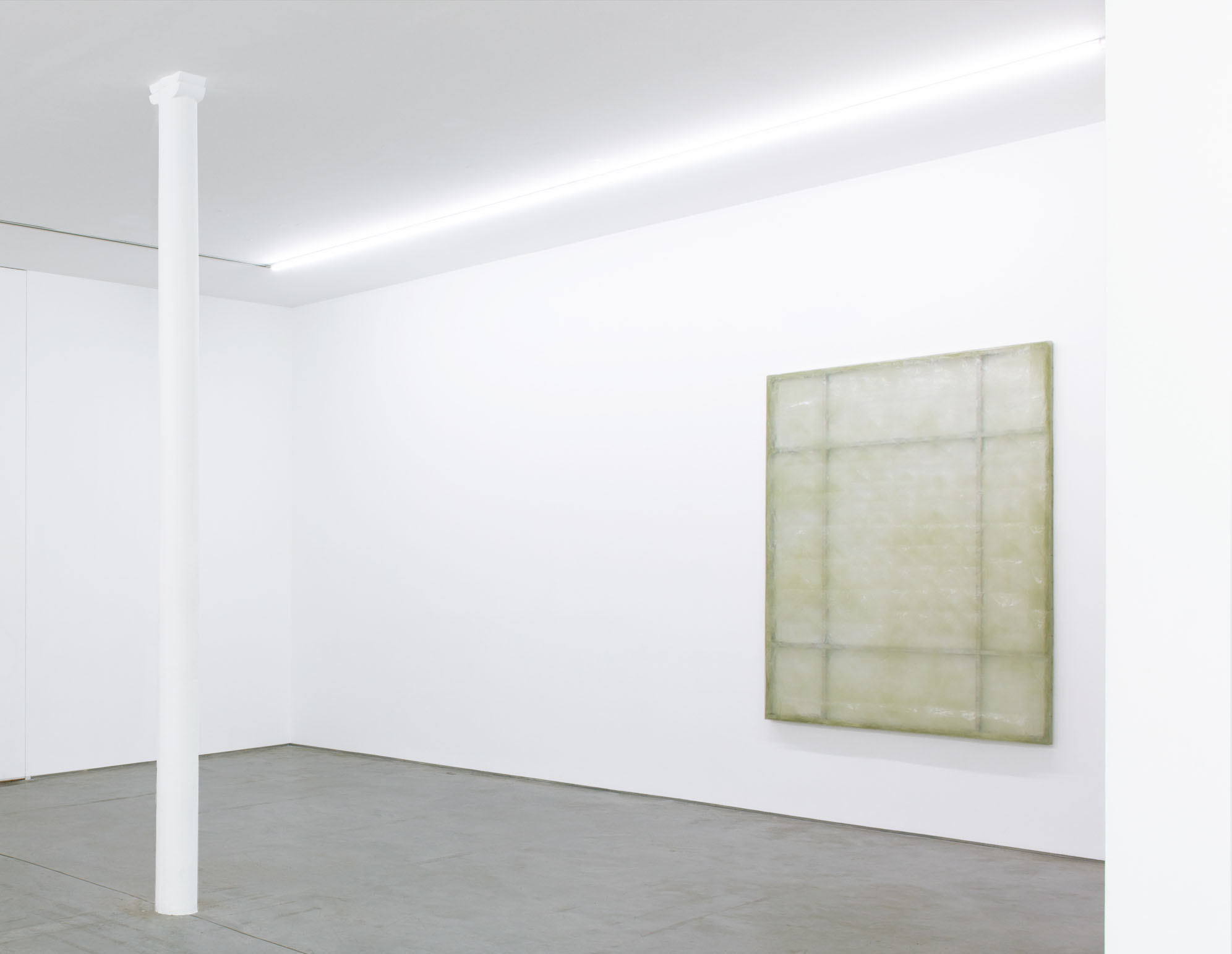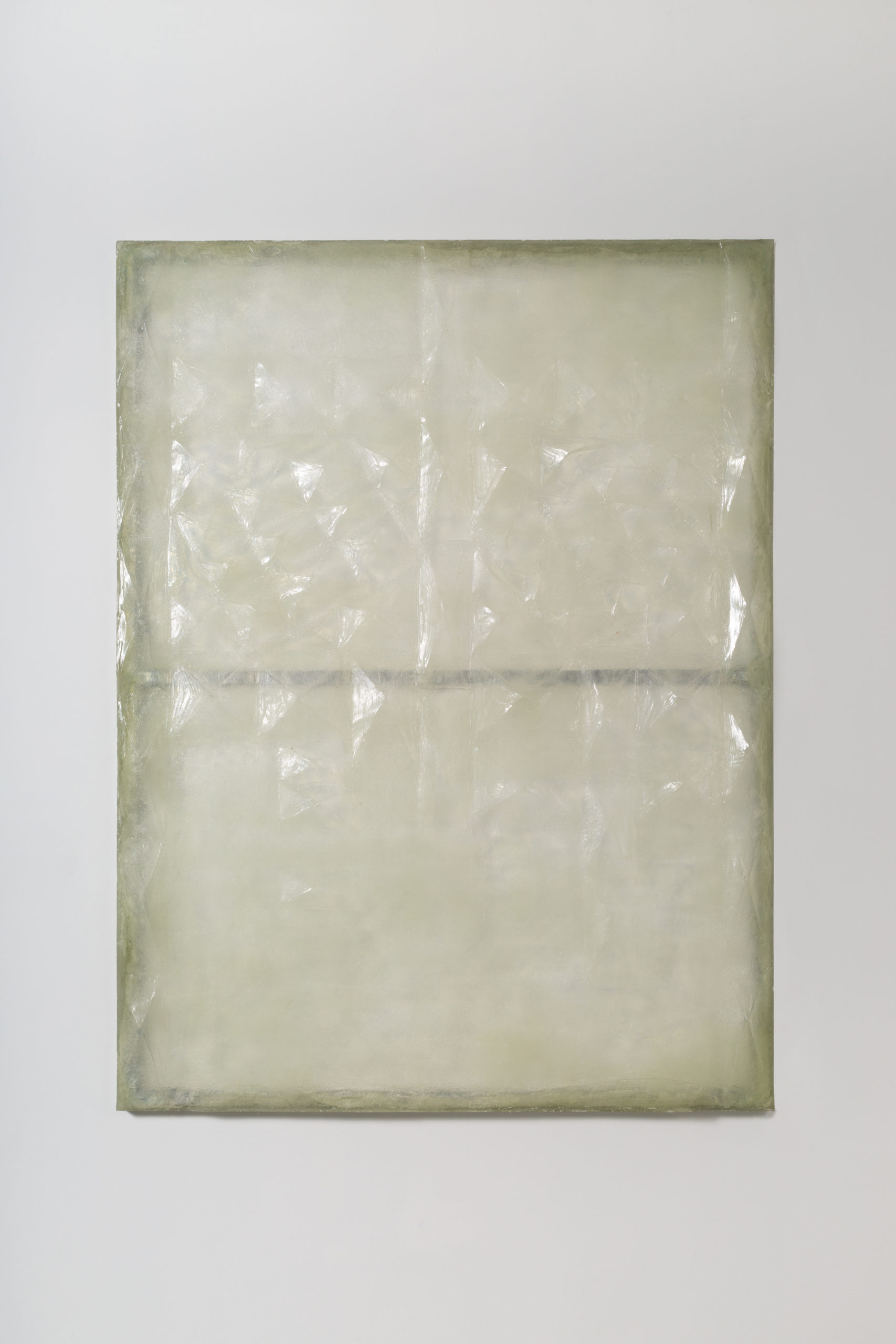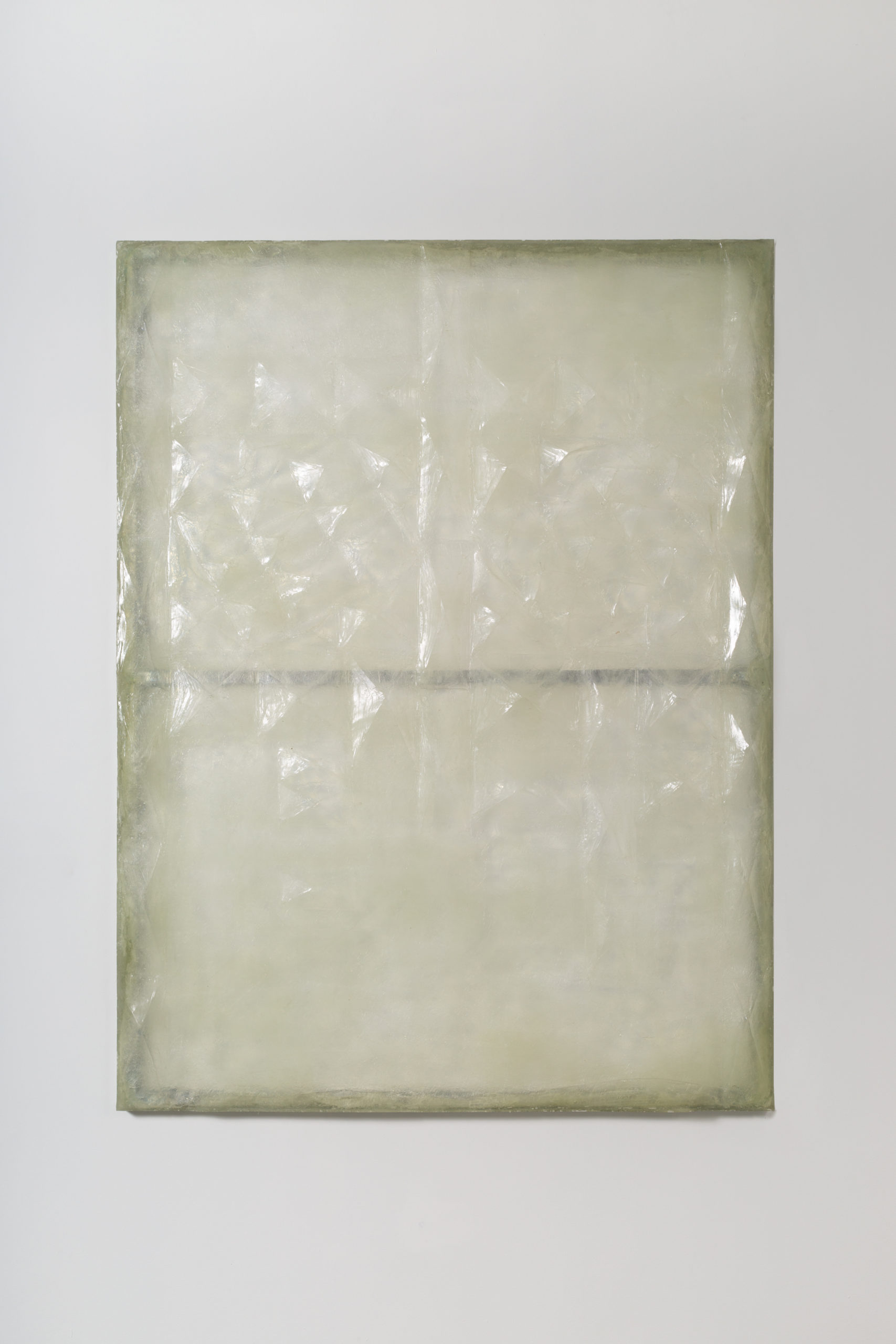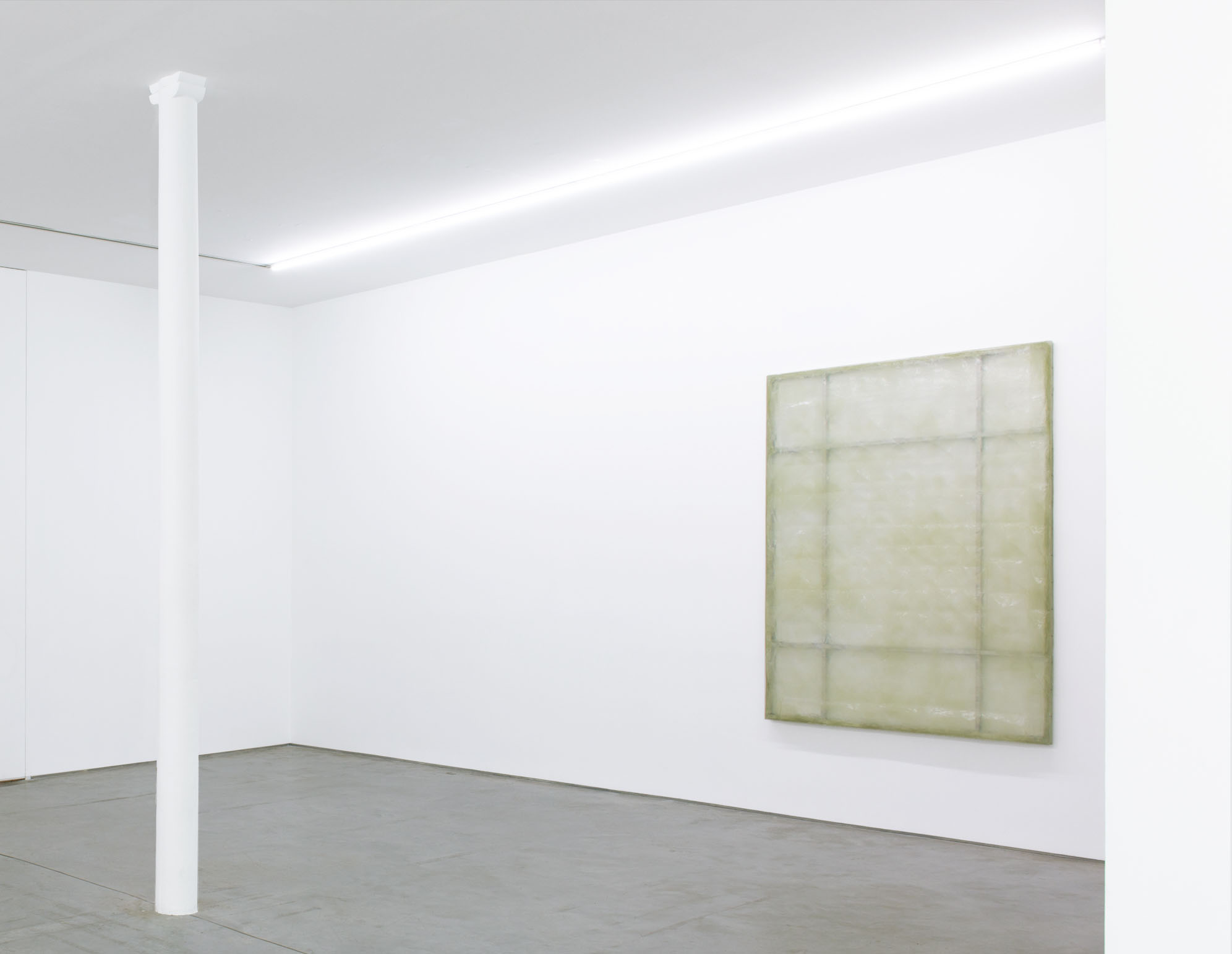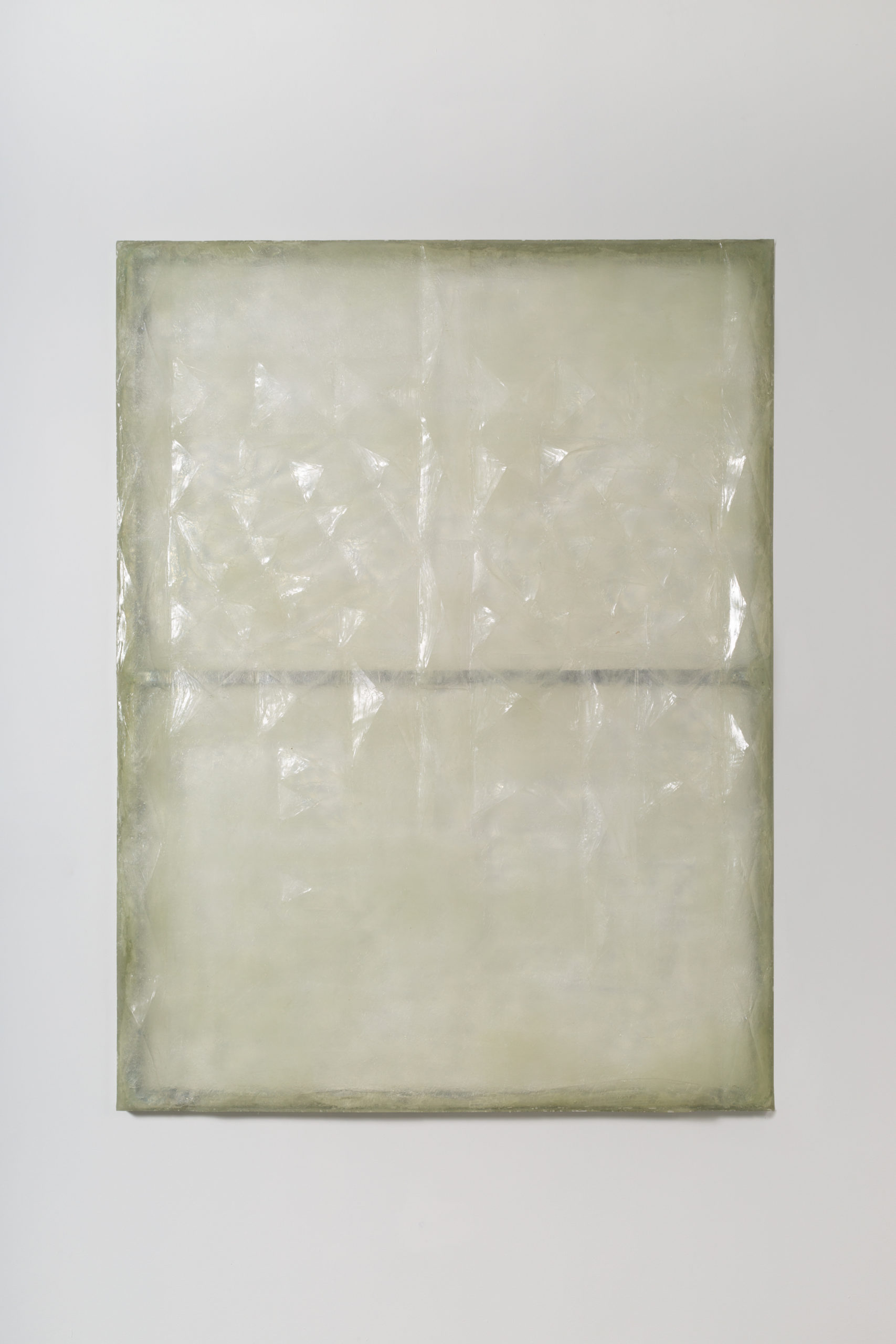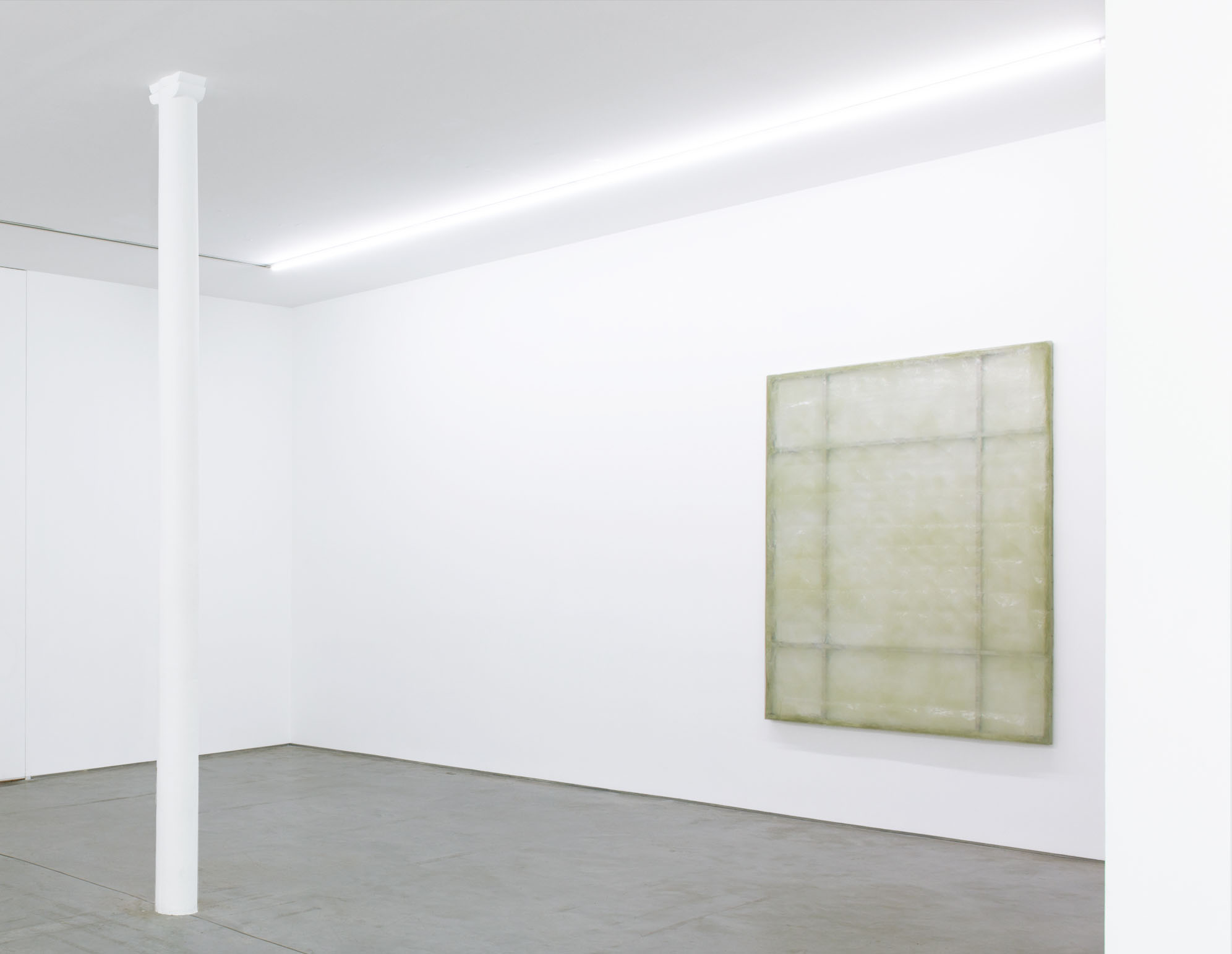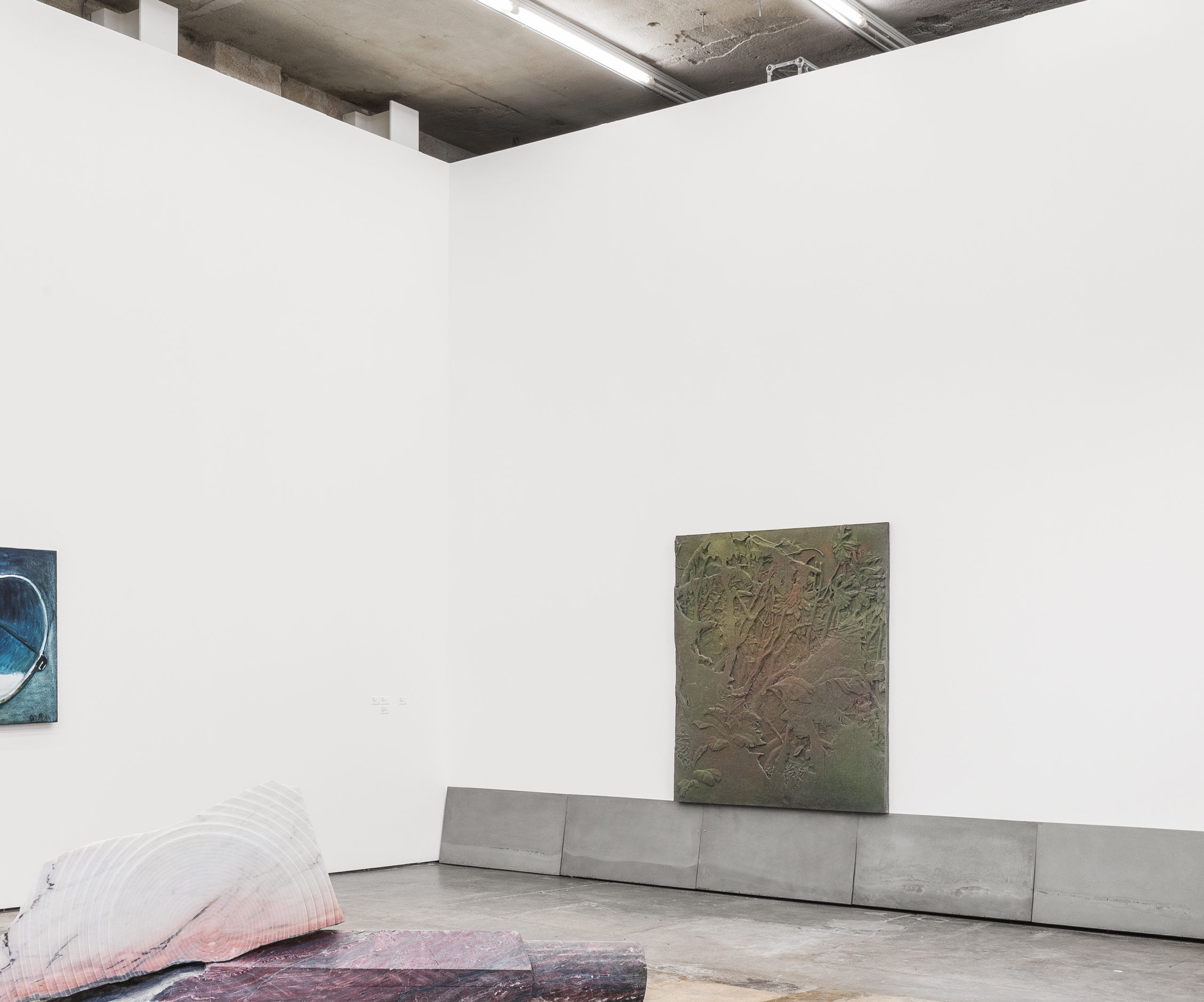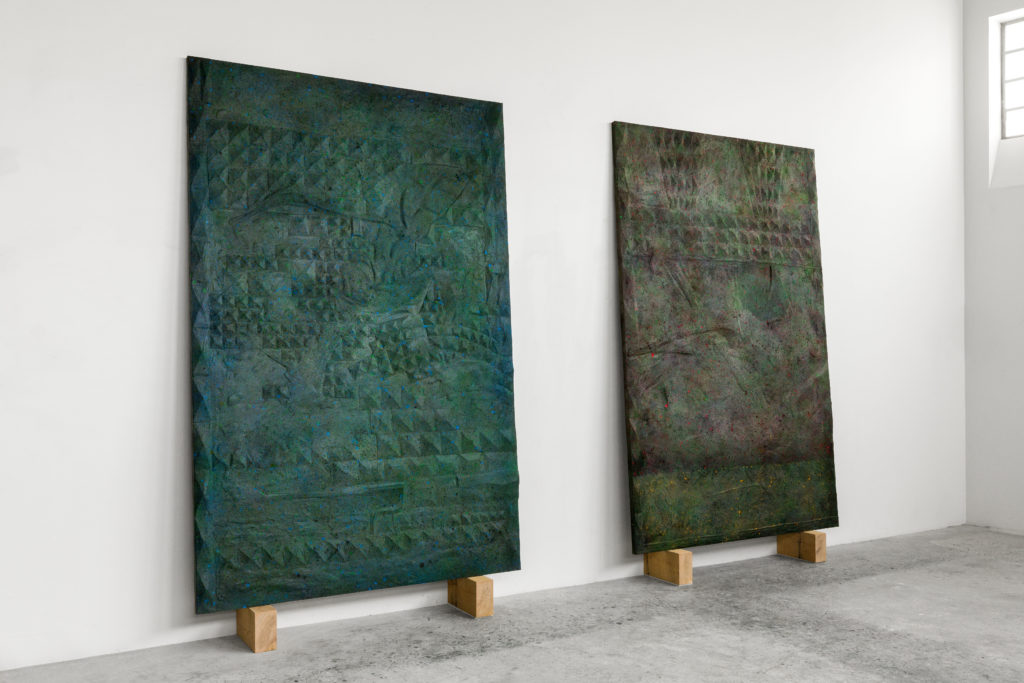
“The forms of bas-relief and high relief are not new in Giuseppe Gabellone’s production, if we think of the Japanese series (exhibited at the 50th International Exhibition of Venice in 2003) and the Jungle series created the following year, both are characterized by an almost total saturation of the surface, by a thickening of signs, volumes and figures that continuously blur the boundaries between image and object, between two-dimensionality and three-dimensionality, between fixity and narration. […]
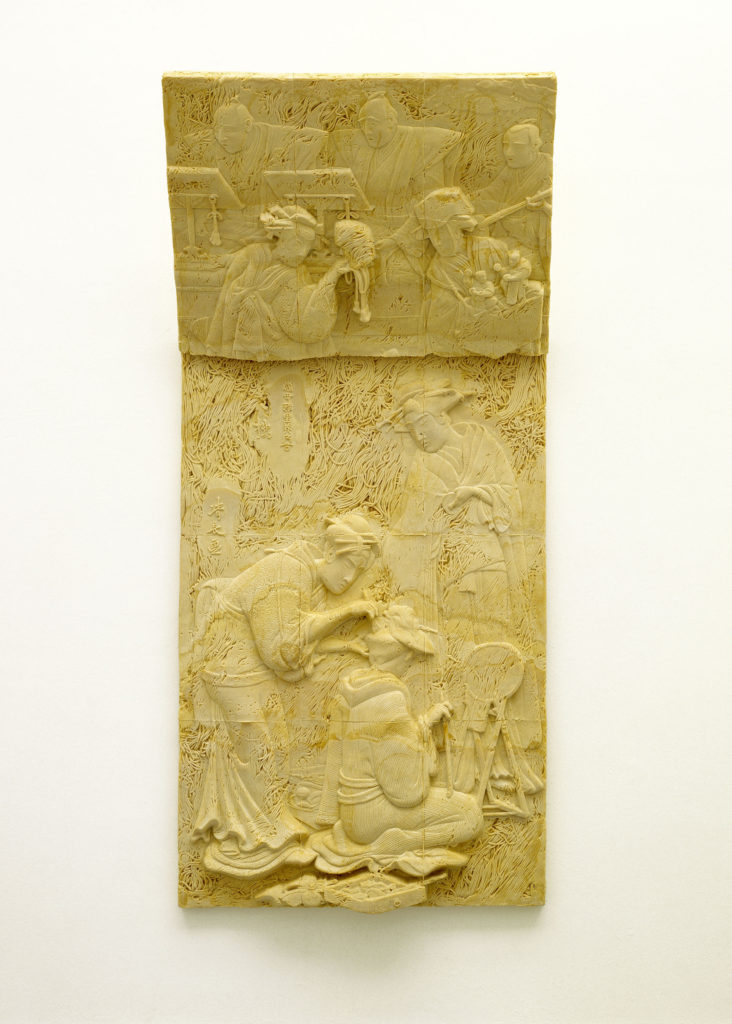
This ocillating between painting and sculpture is what defines the uses of bas-reliefs in different historical periods, from the ancient Mesopotamian civilizations to the European Middle Ages and Renaissance. […]
The bas-relief is, precisely, the place where the visual dimensions slide and merge together: abstraction, figuration, decora- tion, narration, painting, sculpture, architecture, scale and perspective”.*
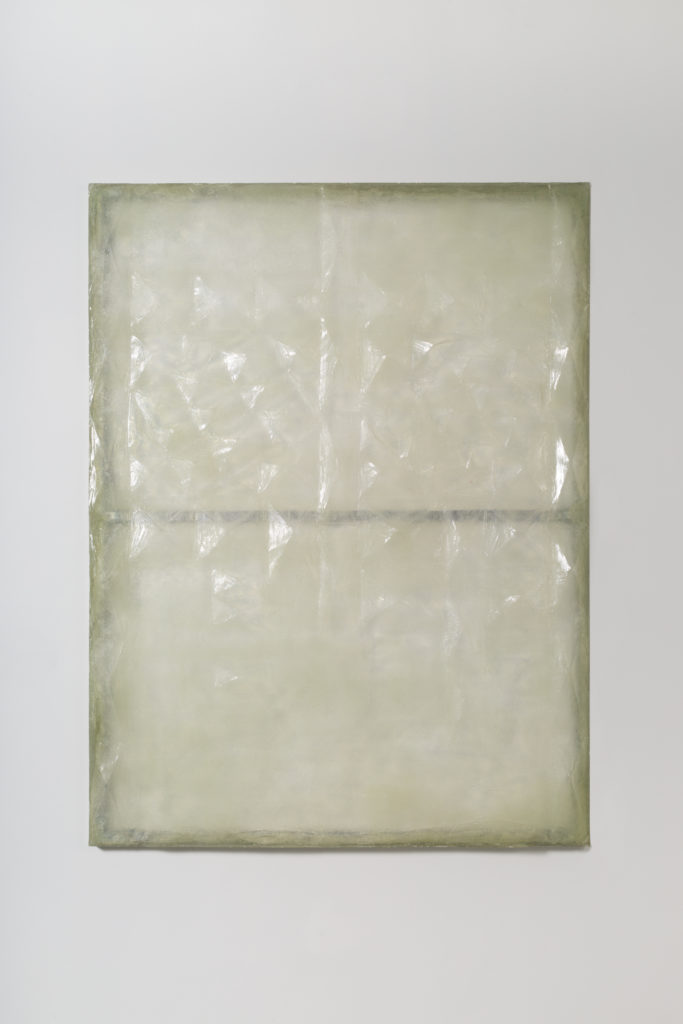
Through his research on the sculptural elements of architecture, photography and memory, Giuseppe Gabellone questions the way the mind processes memories. Before his works, one wonders how they were created, where they came from. The relationship to the interpretation is complex due to the difficulty of establishing a precise relationship to the present time. References to Baroque sculpture, ancient bas-reliefs and modern sculpture add a further distance between the object and the viewer.
Falsa Finestra, 2019. Polyester resin, fiberglass, aluminum frame, 137,5 x 103,5 cm (54 1/8 x 40 3/4 in.) Collection CNAP, Centre national des arts plastiques, Paris/FR
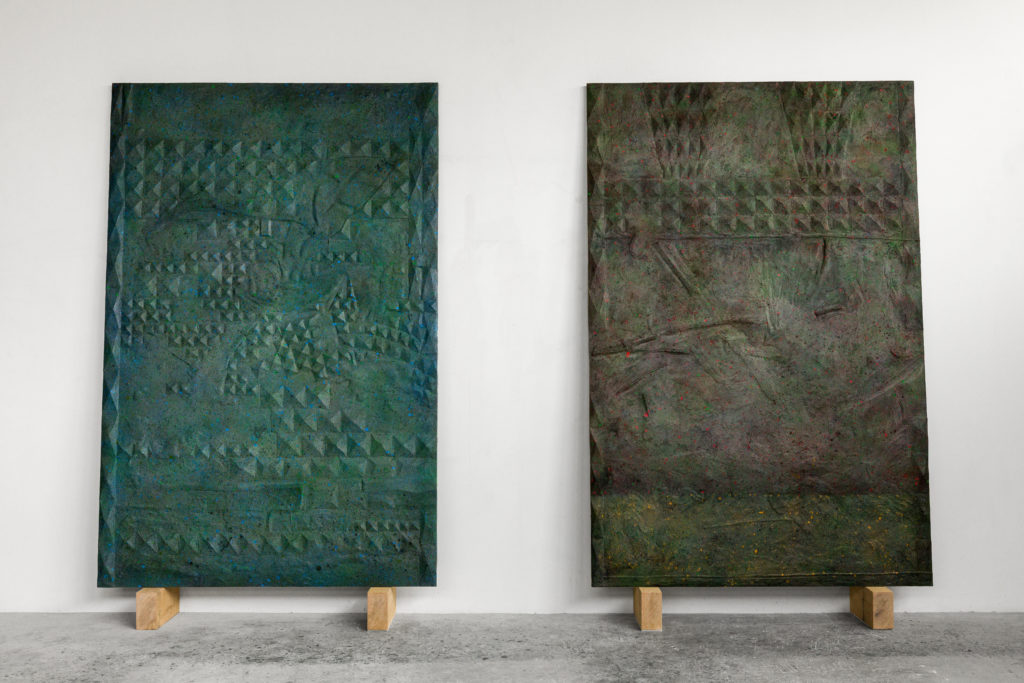
The title Falsa Finestra, already used for one of his previous works in transparent resin, refers to the status of the object rather than to the pictorial illusion, to the internal-external relationship that the window implies while underlining its artificial nature. Compared to the first Falsa Finestra, the artifact lends itself less to verisimili- tude and unlike the previous bas-reliefs the figuration disappears into the abysses of colour. In fact, the color reappears as in La Giungla (2004) as a mist of colored dots that softens the forms making these works more similar to an image.
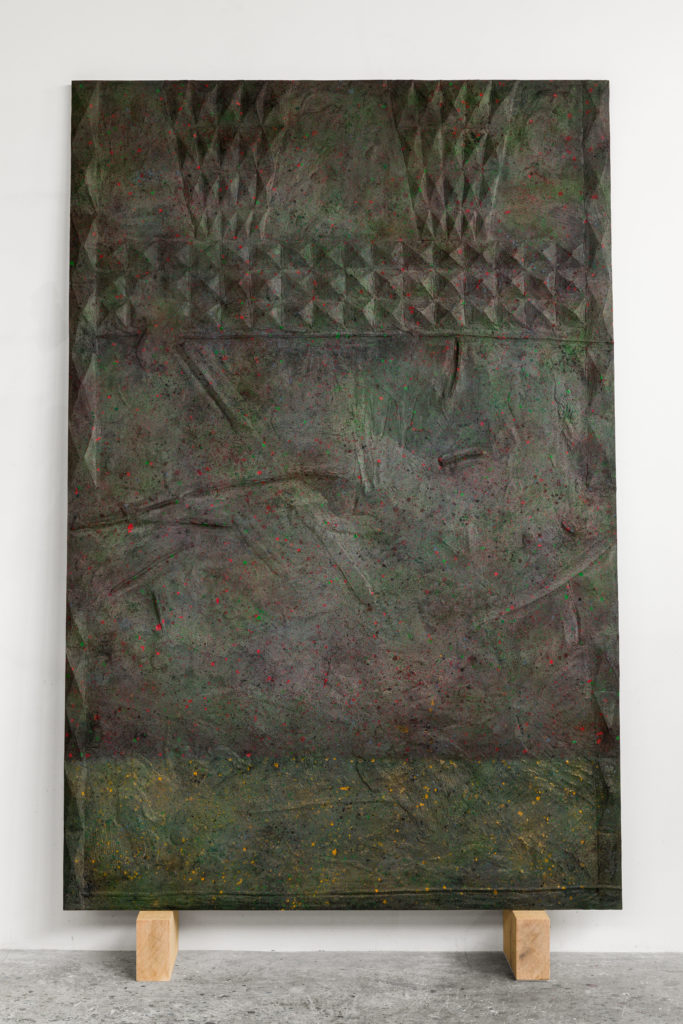
F F, 2020
Résine acrylique, acrylique colores, fibre de verre, bois, cadre en aluminium / Acrylic colours, acrylic resin, fiberglass, wood, aluminium frame, 268 x 165 x 32 cm (105 1/2 x 65 x 12 5/8 in.)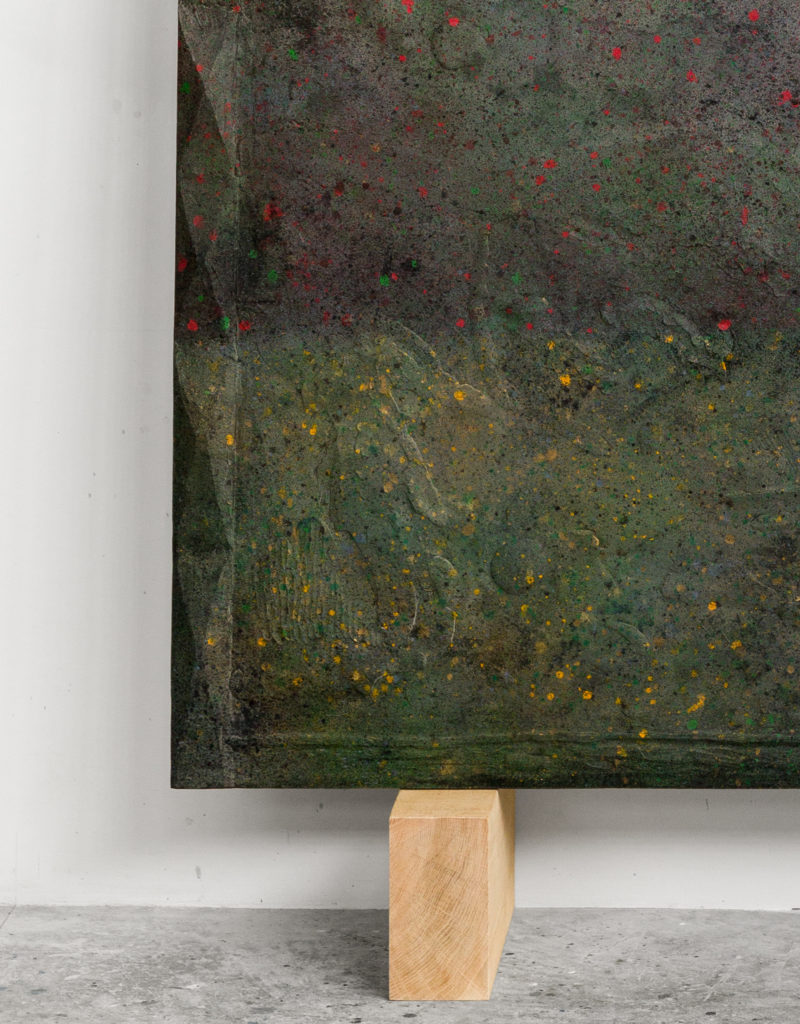
F F, 2020 détail / detail 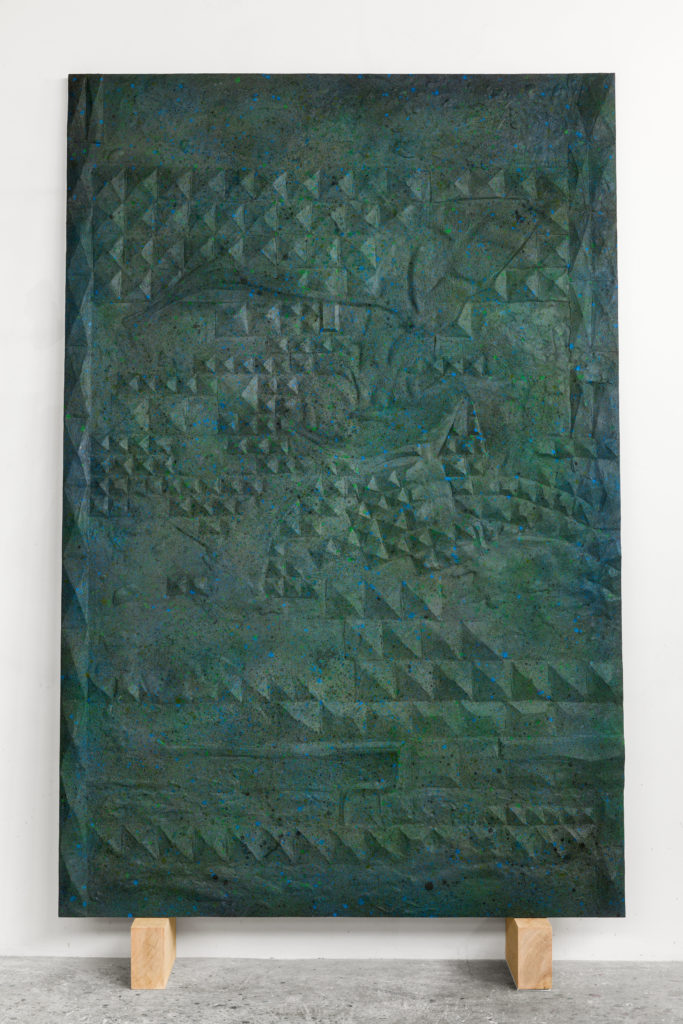
Falsa Finestra, 2020
Résine acrylique, acrylique colores, fibre de verre, bois, cadre en aluminium / Acrylic colours, acrylic resin, fiberglass, wood, aluminium frame, 268 x 165 x 32 cm (105 1/2 x 65 x 12 5/8 in.)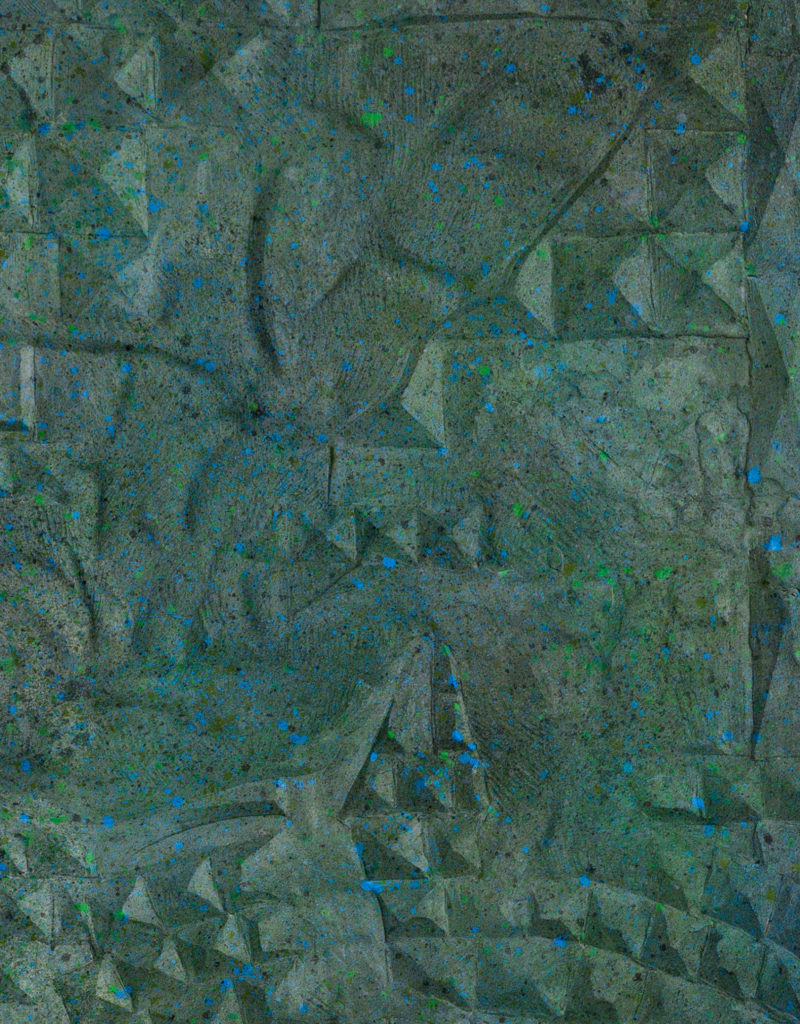
Falsa Finestra, 2020 détail / detail
In the second of Gabellone’s works, we find the same elements but this time the title FF, a contraction of Falsa Finestra, indicates the tension which these new works tend towards.
* Excerpt of the text from Alessandro Rabottini in Giuseppe Gabellone, cat. GAMeC, Galleria d’Arte Moderna e Contemporanea, Bergamo, 2013. p124
